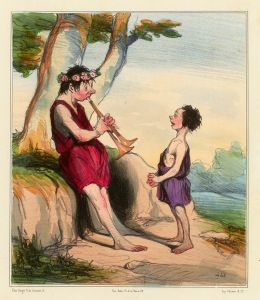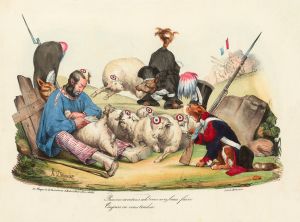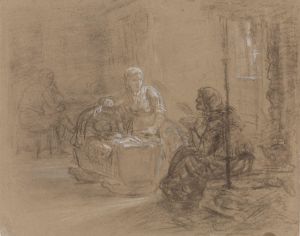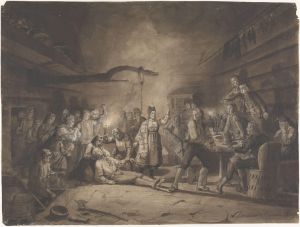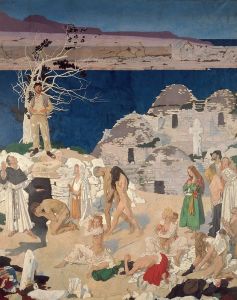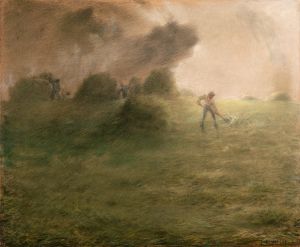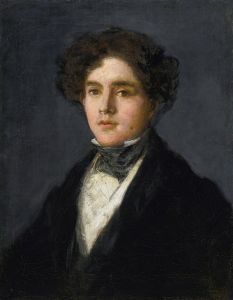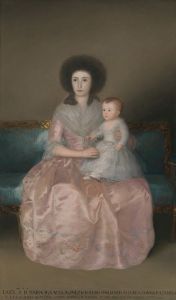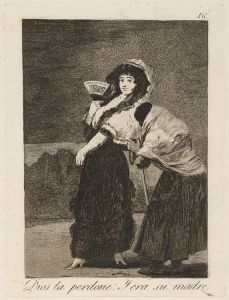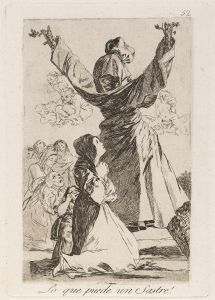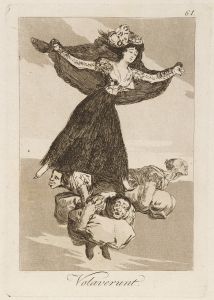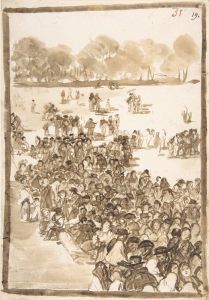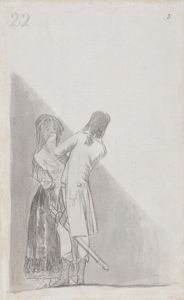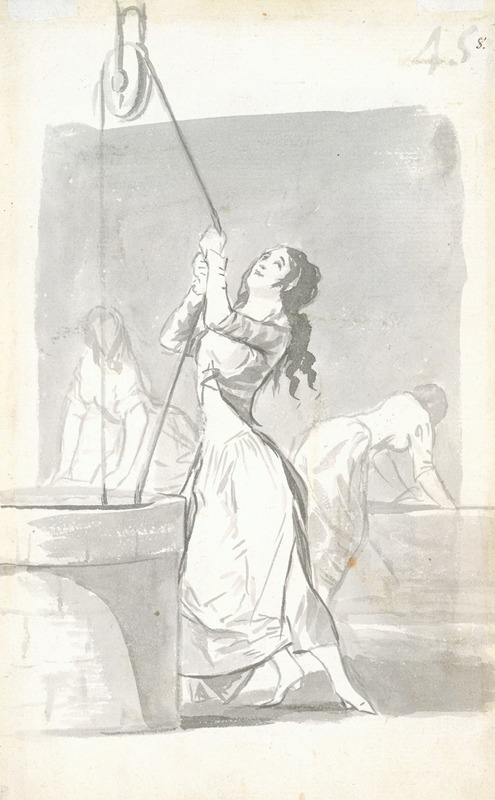
Three women, one in the foreground drawing water from a well, two in the background washing
A hand-painted replica of Francisco de Goya’s masterpiece Three women, one in the foreground drawing water from a well, two in the background washing, meticulously crafted by professional artists to capture the true essence of the original. Each piece is created with museum-quality canvas and rare mineral pigments, carefully painted by experienced artists with delicate brushstrokes and rich, layered colors to perfectly recreate the texture of the original artwork. Unlike machine-printed reproductions, this hand-painted version brings the painting to life, infused with the artist’s emotions and skill in every stroke. Whether for personal collection or home decoration, it instantly elevates the artistic atmosphere of any space.
Francisco de Goya's painting Three Women, One in the Foreground Drawing Water from a Well, Two in the Background Washing is a lesser-known work attributed to the Spanish artist. Goya, widely regarded as one of the most important painters of the late 18th and early 19th centuries, is celebrated for his versatility and ability to capture both the grandeur and the everyday realities of life in his time. This particular painting is an example of his genre scenes, which often depicted ordinary people engaged in daily activities.
The artwork portrays three women in an outdoor setting. In the foreground, one woman is shown drawing water from a well, while in the background, two other women are engaged in washing. The composition reflects Goya's interest in the lives of common people and his ability to depict them with a sense of dignity and realism. The scene is rendered with a naturalistic approach, emphasizing the physical labor and communal aspects of the women's activities. The use of light and shadow in the painting highlights Goya's skill in creating depth and atmosphere.
The exact date of the painting's creation is not definitively known, but it is believed to have been produced during Goya's earlier career, possibly in the late 18th century. This period of his work often focused on scenes of rural life and the customs of the Spanish people, aligning with the broader European interest in genre painting at the time. These works were sometimes created as tapestry cartoons or standalone pieces intended to appeal to patrons interested in depictions of everyday life.
As with many of Goya's works, the painting demonstrates his keen observational skills and his ability to infuse seemingly simple scenes with a sense of narrative and emotion. The women's actions are captured with a sense of movement and purpose, reflecting the rhythms of daily life in a rural or domestic setting.
The current location of the painting and its provenance are not widely documented, and it is not among Goya's most frequently studied or exhibited works. Despite this, it remains an example of his talent for capturing the human experience in its many forms.
Further details about the painting, including its dimensions, medium, and specific historical context, are not readily available in existing records.





